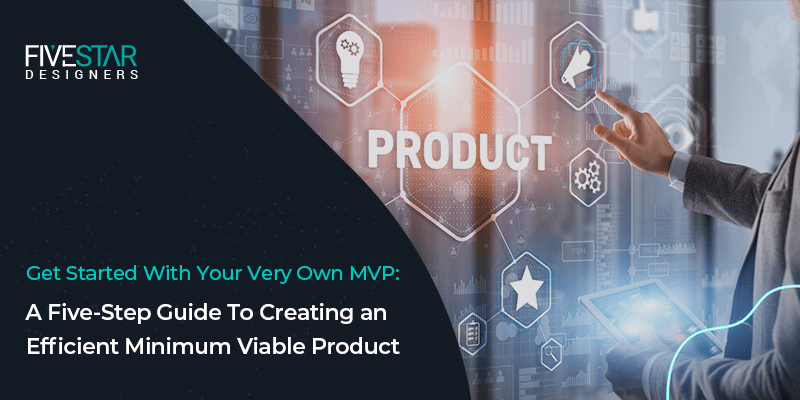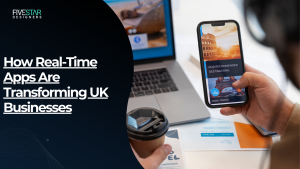If you’re an aspiring entrepreneur who’s had a eureka moment for developing an app but doesn’t have sufficient resources, fret not as there’s a shorter way around all the expenses that significantly cut back the price of development all while introducing your idea to the world. Enter MVP (Minimum Viable Product).
An MVP is like the stripped-down, no-frills version of your app. It’s the bare minimum you need to test your idea, gather feedback, and avoid blowing your entire budget on something users might hate.
This guide showcases that even with little resources, solo app developers or even a whole app development agency test the waters by developing an MVP.
Is Building an MVP Necessary?
In a nutshell, No. MVPs are not strictly necessary but can be very useful, especially in low resource or manpower conditions. Since they aren’t full-fledged apps, they cost less to make and provide an overall feel for the app’s demand in the market.
The concept of an MVP is to:
- Validate your idea
- Save time and money
- Attract investors
- Iterate quickly
If your app idea is innovative and fresh, mobile app development companies are likely to push you toward an MVP approach and it’s not because they’re lazy—it’s because they’ve seen too many projects fail from over-engineering.
Step 1: Add Only The Useful Stuff
Sometimes app developers get carried away when building MVPs by adding a boatload of functions which defeats the purpose of building an MVP. We do not want to overload it with all the features, just the core essential ones are enough.
A good way to know what to prioritize and what to leave behind is the MoSCoW method which basically allows you to list everything that your MVP needs and doesn’t need into four categories that are:
- Must Have: Core features without which your app is useless.
- Should Have: Important but not critical for launch.
- Could Have: Nice-to-haves that can wait.
- Won’t Have: Features that are cool but unnecessary.
Step 2: Picking the Correct Tech Stack
Now let’s get into the technical bit. Choosing the correct tech stack for your MVP is just as important as it is for your app as it is the foundation on which your MVP or App will be built.
Native or Cross-Platform Development
Deciding between Native app development and cross-platform app development depends on a lot of variables mainly cost and optimization.
Native Development:
Building separate apps for iOS and Android. It’s faster and more optimized but might cost you more.
Cross-Platform Development:
Using frameworks like Flutter or React Native to create apps for both platforms. It’s cheaper and faster but may have performance trade-offs.
Cross-platform is a good choice if you want to cut back on development costs but be ready for certain performance trade-offs. The recommended choice would be to go native to avoid optimization issues considering you are already developing a stripped version of your app.
Backend and Database
For your MVP, keep it simple. Use cloud-based solutions like Firebase or AWS to handle your backend. They’re scalable, reliable, and won’t require you to hire a team of DevOps engineers.
Step 3: Functionality Over Eye Candy
This is where the phrase “keep it simple, stupid” really shines. Your app’s design should be functional, not flashy. Remember, this is an MVP, not the final app.
To The Point Navigation
Users should be able to breeze through the app without any difficulty. The navigation system should be simple and straightforward.
Use a UI Kit
Don’t reinvent the wheel. Use pre-designed UI kits for frameworks like Material Design (Android) or Human Interface Guidelines (iOS). They’ll save you time and ensure your app looks decent.
Step 4: Alpha, Beta, Test!
Now comes the fun part—actually building your MVP. Whether you’re coding it yourself or working with an app development agency, here’s how to approach it.
Start with a Prototype
Before writing a single line of code, create a clickable prototype using tools like Figma or Adobe XD. This will help you visualize the app and catch any usability issues early.
Test Away
Once your MVP is built, test it like your life depends on it. Use beta testing platforms like TestFlight (iOS) or Google Play Beta Testing (Android) to get real user feedback.
Improve Based on Feedback
Don’t get attached to your first version. Use feedback to improve your app. Remember, the goal of an MVP is to learn, not to launch a perfect product.
Step 5: Launch and Measure
Congratulations, your MVP is ready to see the light of day! But your work isn’t done yet.
Track Key Metrics
Analytics tools like Google Analytics or Mixpanel can be used to track user behavior. Focus on metrics like:
- User retention
- Engagement
- Conversion rates
Be Open to Criticism
Gather feedback and listen to what the users have to say about your MVP. After all, it’s them you are building an app for.
Final Thoughts
MVPs might not seem like much but they are an integral part of the app development process as it makes the most of little resources and allows you to test your idea in the real market.
So, what are you waiting for? Start building your MVP today, and who knows—your app might just be the next big thing. And if it flops? No big deal. You’ve learned something valuable, and you didn’t blow your life savings in the process.




